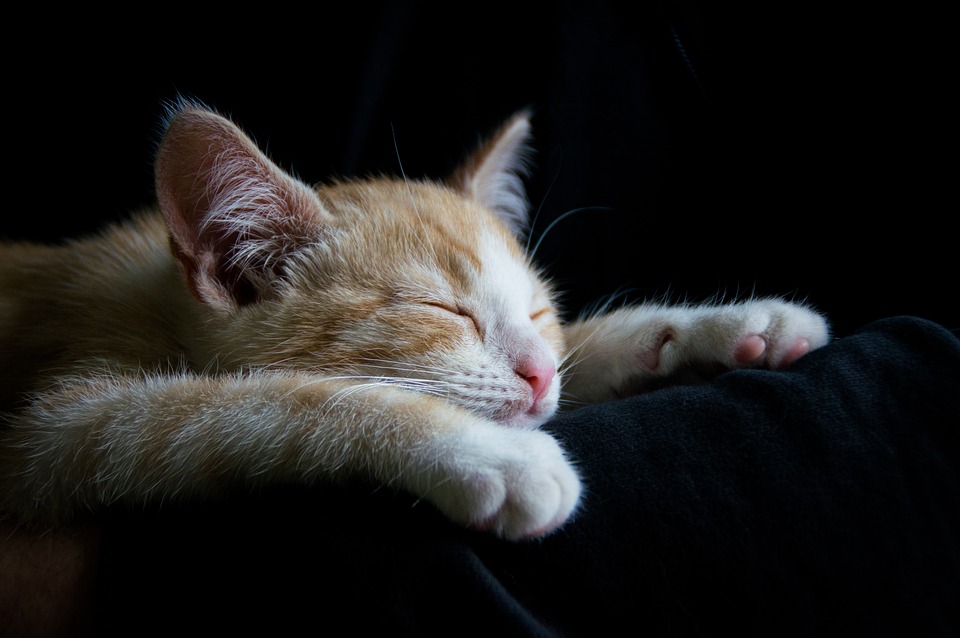Creating a Cat-Friendly Space in Your Home: Enhancing Your Feline Friend’s Well-Being
Unleashing the Power of a Purrrfect Environment for Your Furry Companion
As a devoted cat owner, you understand that creating a harmonious living environment for your feline friend is crucial for their overall well-being. Designating a cat-friendly space within your home can provide a sanctuary where your cat can relax, play, and thrive. In this article, we will explore essential tips and ideas to help you create a purrfect cat-friendly space that will make your beloved pet feel right at home.
Why is a Cat-Friendly Space Important?
Cats, by nature, are territorial creatures requiring an environment that meets their instinctual needs. A designated cat-friendly space can provide numerous benefits, including:
1. Stress Reduction: Cats thrive in a calm and stress-free environment. A designated space allows them to retreat to a safe haven when they need privacy or solitude.
2. Environmental Enrichment: Creating a cat-friendly space offers opportunities for mental stimulation, play, and exploration. This helps prevent boredom, which can lead to destructive behavior.
3. Promotes Exercise: Cats need physical activity to maintain a healthy weight and prevent obesity-related issues. A dedicated space can encourage them to engage in playful activities, ensuring they get their daily dose of exercise.
Creating a Cat-Friendly Space: Key Considerations
Now that we understand the importance of a cat-friendly space, let’s delve into some practical tips and considerations for creating one:
1. Location, Location, Location: Choose a quiet area in your home where your cat can have some privacy, away from excessive noise, foot traffic, and household commotion.
2. Vertical Space: Cats love to climb and perch at elevated positions. Install cat trees, shelves, or provide accessible furniture to satisfy their natural desire to be up high.
3. Cozy Hideouts: Provide cozy hiding spots like enclosed beds, cat caves, or even repurposed boxes. These snug retreats offer a sense of security and comfort.
4. Scratching Posts: Cats have an innate need to scratch. Offer different types of scratching surfaces such as vertical posts or horizontal boards to save your furniture from their sharp claws.
5. Playtime and Toys: Engaging your cat with interactive toys, puzzle feeders, and play sessions is vital for their mental and physical stimulation. Rotate toys regularly to keep their interest piqued.
6. Comfortable Resting Areas: Plush bedding or blankets provide a soft and warm spot for your cat to relax and take a nap. Place these cozy areas near windows so they can enjoy the view and bask in the sun.
7. Litter Box Zen: Ensure that the litter box is easily accessible and located away from their eating and resting areas. Keep it clean and use unscented litter to prevent any aversion.
Frequently Asked Questions (FAQs)
Here are some common questions cat owners often have when creating a cat-friendly space:
Q1: Can I create a cat-friendly space in a small apartment?
Absolutely! Even in limited spaces, you can optimize your cat’s living area by using vertical space with wall-mounted shelves and compact furniture. Every little addition, like a cozy bed or scratching post, goes a long way in enhancing their environment.
Q2: How can I encourage my cat to use their designated space?
Introduce your cat gradually to the new space, using positive reinforcement like treats or praise. Place familiar items, such as their favorite toys or bedding, within the designated area to make it inviting and appealing.
Q3: Is it necessary to have multiple cat-friendly areas in my home?
Having multiple cat-friendly spaces is beneficial, particularly if you have multiple cats. This allows each cat to have their own territory and reduces the likelihood of conflicts. However, even in single-cat households, having different designated areas can provide variety and mental stimulation.
Q4: How often should I change the toys in my cat’s space?
Cats can quickly lose interest in toys if they become too familiar. Try rotating toys every few weeks to maintain their curiosity and prevent boredom. Focus on interactive toys that encourage play and simulate hunting instincts.
By implementing these suggestions and addressing your cat’s individual preferences, you can create a cat-friendly space that will enhance their quality of life and strengthen the bond between you and your feline companion. Remember, a happy and content cat makes for a harmonious home environment.








